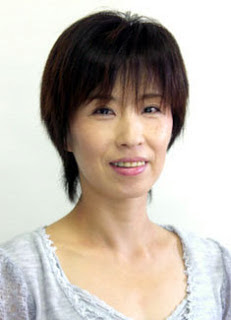[Article Journal Review - Part 5] Learning English as Foreign Language in Indonesia through English Children's Literature by Lena Marlina
Integrating Children's Literature in EFL Classroom
 |
| Photos from School Library Journal |
Title of the article: Learning English as Foreign
Language in Indonesia through English Children’s Literature
Author: Leni Marlina from State University of Padang
Taken from International Journal of Literacies by
Common Ground Volume 19 Issue 4 with ISBN 2327-0136
In this section, the author has explain about the steps to integrating
children’s literature in EFL Classroom. They are selection of children’s literature,
implement model of ITB (Into, Thought and
Beyond) and implementation by using literature circle.
1. Selection of Children’s Literature
Marlina explains in order to select children’s literature;
we should consider many things such as students’ interest, taste, need, student’s
linguistic proficiency, cultural background and student’s background knowledge.
English teachers should take three important factors
to select children’s literature. They are:
- Language
- Content
- Length
2. Implement Model of ITB
ITB
method was suggested by Richard-Amato and Snow. This method is easy to be
remembered, ITB includes into, thought,
and beyond.
- Into
- Thought
- Beyond
3. Implementation by Using Literature Circle
After
reading children’s literature, teachers should divide students into several groups.
On those groups, students will discuss everything about book that they already
have read. Students also should be divided into several roles on their own
group. Those roles including Group
Discussion Leader, Summarizer, Connector, Word Master, Passage Person and
Cultural Collector. Each student will have an active role in doing
literature circle.
Conclusion
In this part,
the author states that the use of children’s literature is highly appropriate
for those who are still in the beginner and intermediate levels of English
proficiency. Integrating children’s literature in Indonesian EFL secondary
classroom gives large benefit in the process of learning English.
This journal has
explained about the fun and attractive strategy to teach EFL in Indonesia. This
journal also gives us many advices if we want to implement English Children’s
Literature in the classroom. The author also gives us new method to improve students’
language learning and
communication in class. This journal completely can help EFL teachers who want
to implemented literature in their classroom.
Previous Review : [Article Journal Review - Part 4]


Comments
Post a Comment